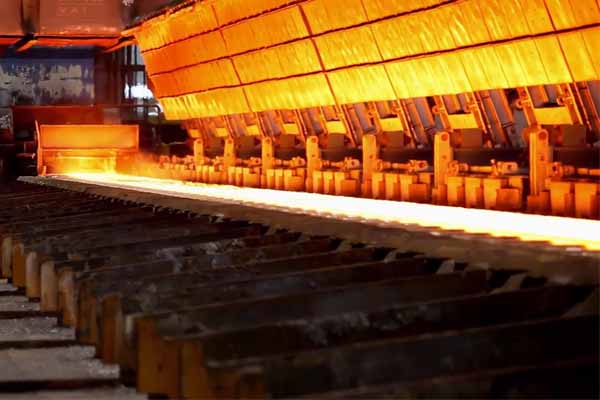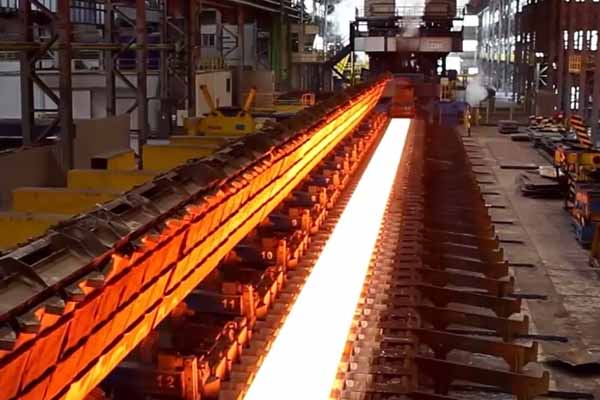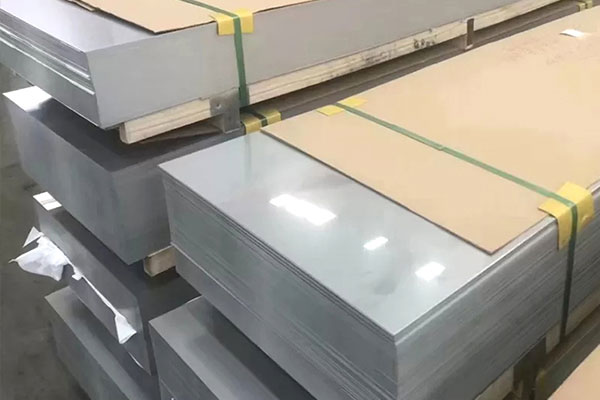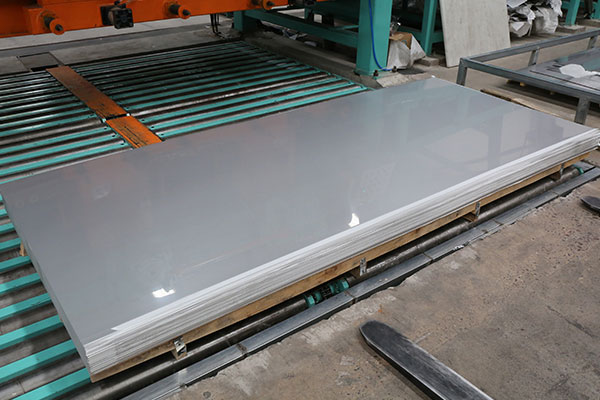The global demand for hastelloy C276 plate, a nickel-molybdenum-chromium superalloy renowned for its exceptional corrosion resistance, has witnessed a remarkable surge in recent years—particularly across emerging economies. This trend is driven by rapid industrialization, infrastructure modernization, and stricter environmental regulations in regions such as Southeast Asia, India, Latin America, and the Middle East. As these economies prioritize sustainable growth and technological advancement, hastelloy C276 plates are increasingly becoming a cornerstone material for critical industries.
One of the primary drivers behind this demand is the expansion of chemical processing and petrochemical industries in emerging markets. Nations like India and Vietnam are investing heavily in large-scale chemical plants to reduce dependency on imported specialty chemicals. Hastelloy C276’s ability to withstand harsh environments—such as sulfuric acid, hydrochloric acid, and chloride-rich media—makes it indispensable for reactors, heat exchangers, and piping systems. Unlike conventional stainless steels, which corrode rapidly under such conditions, C276 plates ensure longevity and operational safety, minimizing downtime and maintenance costs. This reliability is crucial for emerging economies aiming to establish globally competitive manufacturing hubs.
Another key factor is the growing emphasis on environmental compliance. Governments in developing regions are tightening regulations to curb industrial pollution, particularly in wastewater treatment and flue gas desulfurization (FGD) systems. Hastelloy C276 plates are widely adopted in these applications due to their resistance to oxidizing and reducing acids, even at elevated temperatures. For instance, in coal-fired power plants across Indonesia and South Africa, C276 is used to construct scrubbers that neutralize sulfur emissions. As environmental standards evolve, industries are compelled to adopt high-performance materials like C276 to avoid penalties and align with sustainable practices.
Infrastructure development in emerging economies further amplifies demand. Mega-projects such as oil refineries, LNG terminals, and desalination plants require materials capable of enduring extreme pressures, temperatures, and corrosive seawater. Countries like Saudi Arabia and Brazil, which are expanding their energy and water infrastructure, rely on C276 plates for critical components in offshore platforms and pipelines. Additionally, the rise of renewable energy sectors, including biofuel production and geothermal plants, has created new avenues for C276 applications. Its versatility in both traditional and green technologies positions it as a future-proof investment for nations transitioning toward diversified energy portfolios.
Supply chain localization efforts also play a pivotal role. To reduce reliance on imported materials, emerging economies are fostering domestic production of high-performance alloys. China, for example, has significantly scaled up its nickel alloy manufacturing capabilities, offering cost-competitive hastelloy C276 plates to regional markets. This shift not only lowers procurement costs but also shortens lead times for industries requiring rapid project execution. Moreover, partnerships between global alloy suppliers and local distributors are improving technical support and certification processes, ensuring end-users receive materials that meet international standards like ASTM B575 and ASME SB575.
However, challenges persist. Fluctuating nickel prices and geopolitical trade dynamics can impact the affordability and availability of C276 plates in developing markets. To mitigate risks, industries are adopting strategic stockpiling and long-term supplier contracts. Simultaneously, advancements in alloy recycling and additive manufacturing are emerging as cost-effective alternatives to traditional fabrication methods, further stimulating demand.
In conclusion, the surge in hastelloy C276 plate demand across emerging economies reflects a convergence of industrial ambition, environmental responsibility, and technological progress. As these regions continue to modernize, the need for robust, corrosion-resistant materials will only intensify. For manufacturers and suppliers, understanding the unique challenges and opportunities in these markets—from regulatory landscapes to localized production trends—will be essential to capitalize on this growth trajectory. The rise of hastelloy C276 is not just a material trend but a testament to the evolving priorities of a rapidly developing world.
 English
English Русский
Русский







